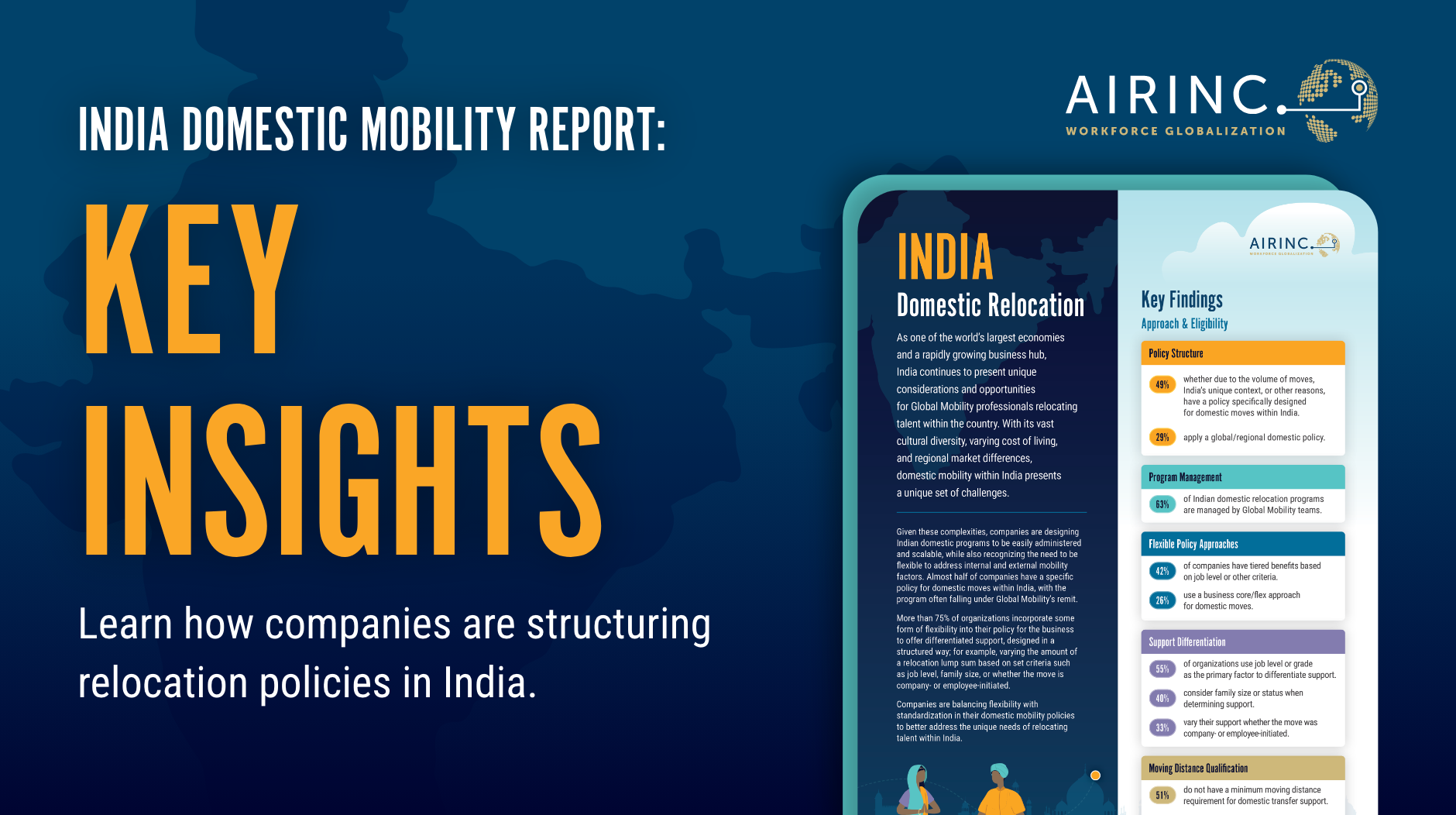Sustainability has become a defining factor in shaping global mobility programs. As companies balance business goals with environmental and social responsibilities, the question arises: how can mobility teams support sustainability while meeting the needs of employees and the business? The answers aren’t easy and exploring the options is something we do regularly in our advisory projects.
With so much misinformation around these days, maybe first it is worth reminding ourselves what we mean by sustainability. The UN Brundtland Commission Definition: Meeting the needs of the present without compromising the ability of future generations to meet their own needs.
At its core, for Global Mobility sustainability is about crafting policies and practices that respect environmental, social, and economic considerations.
Practical Applications of Sustainable Mobility
Many organizations are rethinking their policies through a sustainability lens. Examples of actions companies are taking include:
- Adjusting home leave policies by reducing trip frequency, offering incentives to trade down the travel class, or providing the option to donate benefits to reduce their carbon footprint. I’ve even seen some companies fully eliminate home leave.
- Replacing pre-assignment visits with virtual destination tours to cut down on travel-related emissions while still supporting assignee decision-making. Any cost savings can be reinvested in giving the assignee a better onboarding experience, for example through offering increased temporary accommodation and/or enhanced Destination Services support.
- Encouraging furnished accommodations or offering rental furniture instead of shipping household goods to minimize environmental impact.
- Applying a carbon premium on certain benefits to nudge employees toward more eco-friendly options.
These changes are not only helping companies meet sustainability goals but also achieving cost efficiencies and improving the employee experience.
Why It Matters
Sustainability in global mobility is not just about compliance; it’s about aligning mobility programs with the broader corporate responsibility agenda. From emissions reduction to community engagement and diversity, mobility teams are uniquely positioned to drive impactful change.
Despite a degree of roll-back in some jurisdictions, the continued influence of climate change will lead some companies to prioritize sustainable mobility strategies and align with corporate sustainability efforts, as highlighted in AIRINC’s recent Mobility Outlook Survey.
In fact, in response to the question “What steps are you taking in your mobility program to address the global trends you believe will most disrupt global mobility by 2030?”, 34% of companies reported integrating sustainability practices into relocation and mobility strategies.
As we look ahead, AIRINC data indicates 74% of mobility leaders expect sustainability to influence policy design over the next three years. By embedding sustainable thinking into program design, organizations can ensure they are part of the solution.
ESG Scorecards (Environmental, Social, Governance)
Review your policy through the lens of the ESG pillars: Environmental, Social, and Governance. AIRINC provides information on how leading companies are tailoring their policies to be more ESG-focused, and shares suggestions on how to revise your own policy. Read more here.



%20(62)%20(1).png)
%20(40).png)

%20(33).png)

